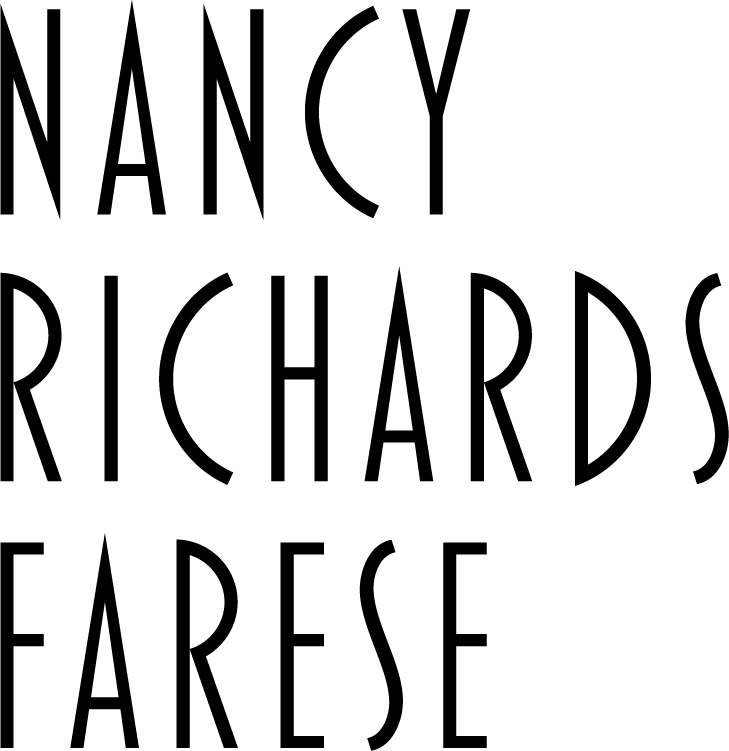Mapping Dissonance: A New Way of Seeing the World
— About the Project —
As an American traveling abroad today, I find myself looking through a fractured lens. The myths I once carried—of moral authority, investment in the public good, generosity, and decency as shared values—no longer hold. What remains is a profound dissonance between who I believed we were and who we’ve become. Over the past several months, I’ve traveled with the realization that American strength is no longer admired; it intimidates. It promotes chaos. It trades on fear.
Travel has always been a collision of perceptions – what do you see? How is it different? What does it reveal? Now I feel like I’m photographing a confrontation with something I once fully assumed, that has suddenly vanished into thin air.
I was proud to be an American in Haiti in 2010, when I photographed the aftermath of the earthquake—houses papered together with food-aid boxes marked “USAID: A Gift from the American People.” I was proud in Kenya in 2009, in the village of Barack Obama’s grandmother, watching his inauguration broadcast from the back of a pickup truck powered by a generator. Someone turned to me and said, “This could only happen in America—the election of a Black man. In Kenya, he’d never be elected because he is half white.”
But that pride has shifted. In travel now, I confront America’s dislodged role in the world—and reckon with my own place within it.
These photographs are a response to that reckoning: layered, disoriented, split, torn, burned. They depict individuals in liminal space—caught between what was once known and what can no longer be trusted. Double exposures, reflections, distortions of light—they speak not to clarity, but to rupture. To chaos. To confrontation. Each image asks: Now what do you see? What have you lost the ability to see?
And layered on - anger, which itself feels foreign, though I can see how it frames every shot. Each image, manipulated, collaged, touched by hand, affirms the reality of at least one thing: that this moment, however fragile, is real.
This is an America without maps, studied from afar because it’s where the dislocation seems to become more visible—more honest. These photographs don’t attempt to restore order; they are mapping dissonance as a new American form.
As Stacie-Marie Ishmael writes: “It is not that we are all in this together; it is that we are all affected, regardless.” How we are affected is precise and different for each person. There will be many books written about the year 2025 in America, and it’s not my intent to offer answers or optimism. I am simply recording this moment by making things to discover a new way of seeing —as an American, as a woman, as an artist living through a time that demands both courage and clarity. It’s not about hope, exactly. It’s about witnessing; reacting, then acting.
And beginning to ask—quietly, plainly—what happens next?














